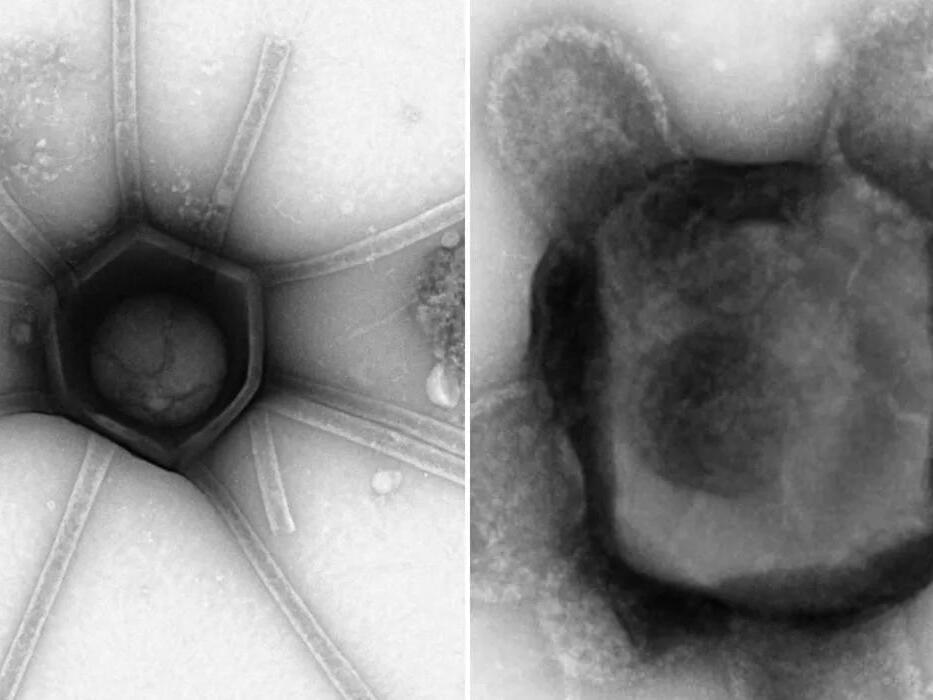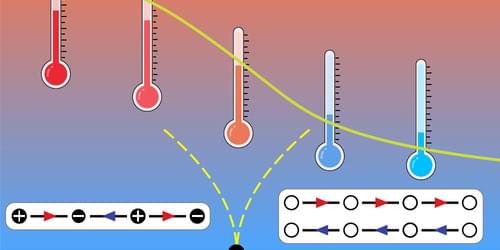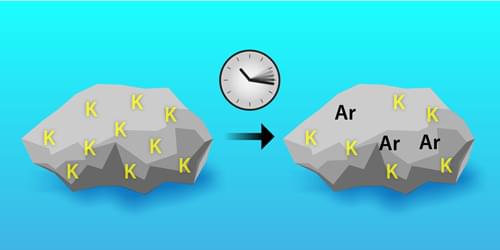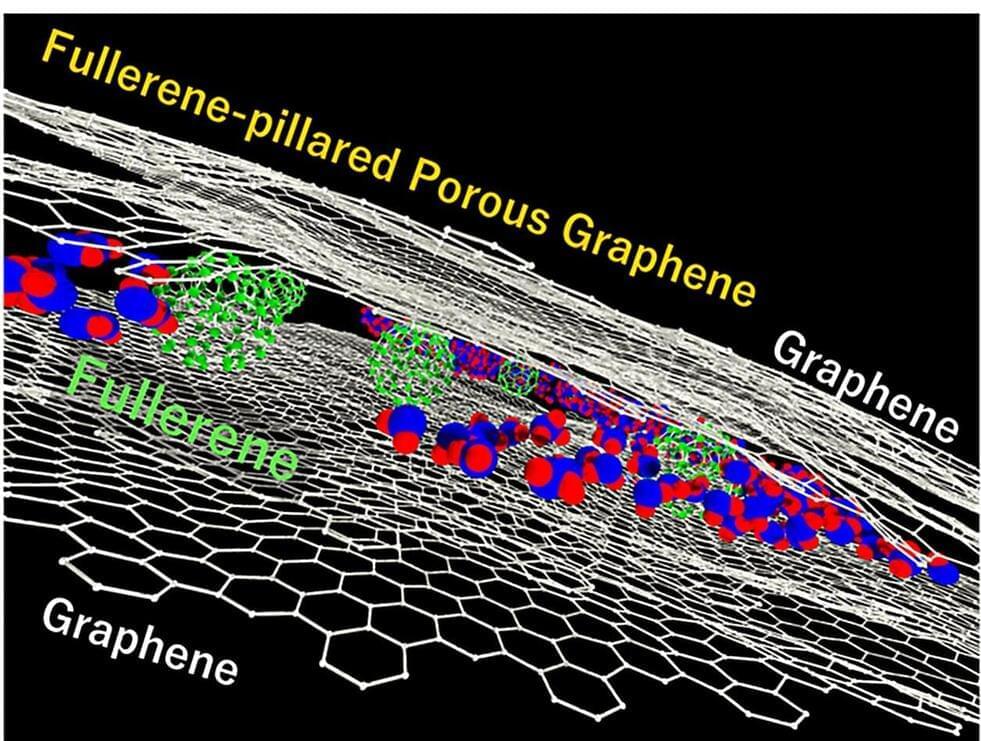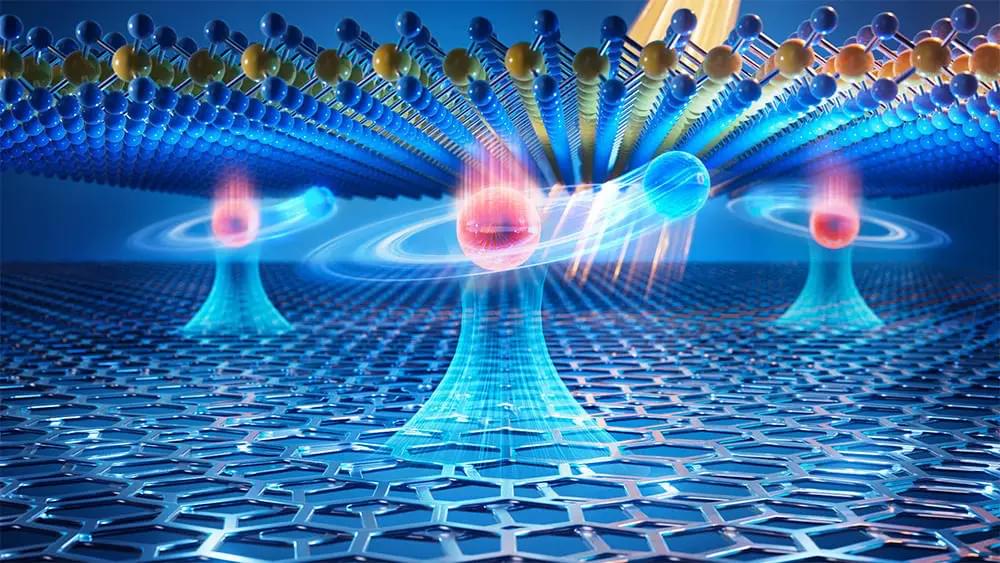Aug 2, 2023
Quantum 101 Episode 5: Quantum Entanglement Explained
Posted by Dan Breeden in categories: cosmology, information science, particle physics, quantum physics
Quantum entanglement is one of the most intriguing and perplexing phenomena in quantum physics. It allows physicists to create connections between particles that seem to violate our understanding of space and time.
This video discusses what quantum entanglement really is, and the experiments that help us understand it. The results of these experiments have applications in new technologies that will forever change our world.
Continue reading “Quantum 101 Episode 5: Quantum Entanglement Explained” »

